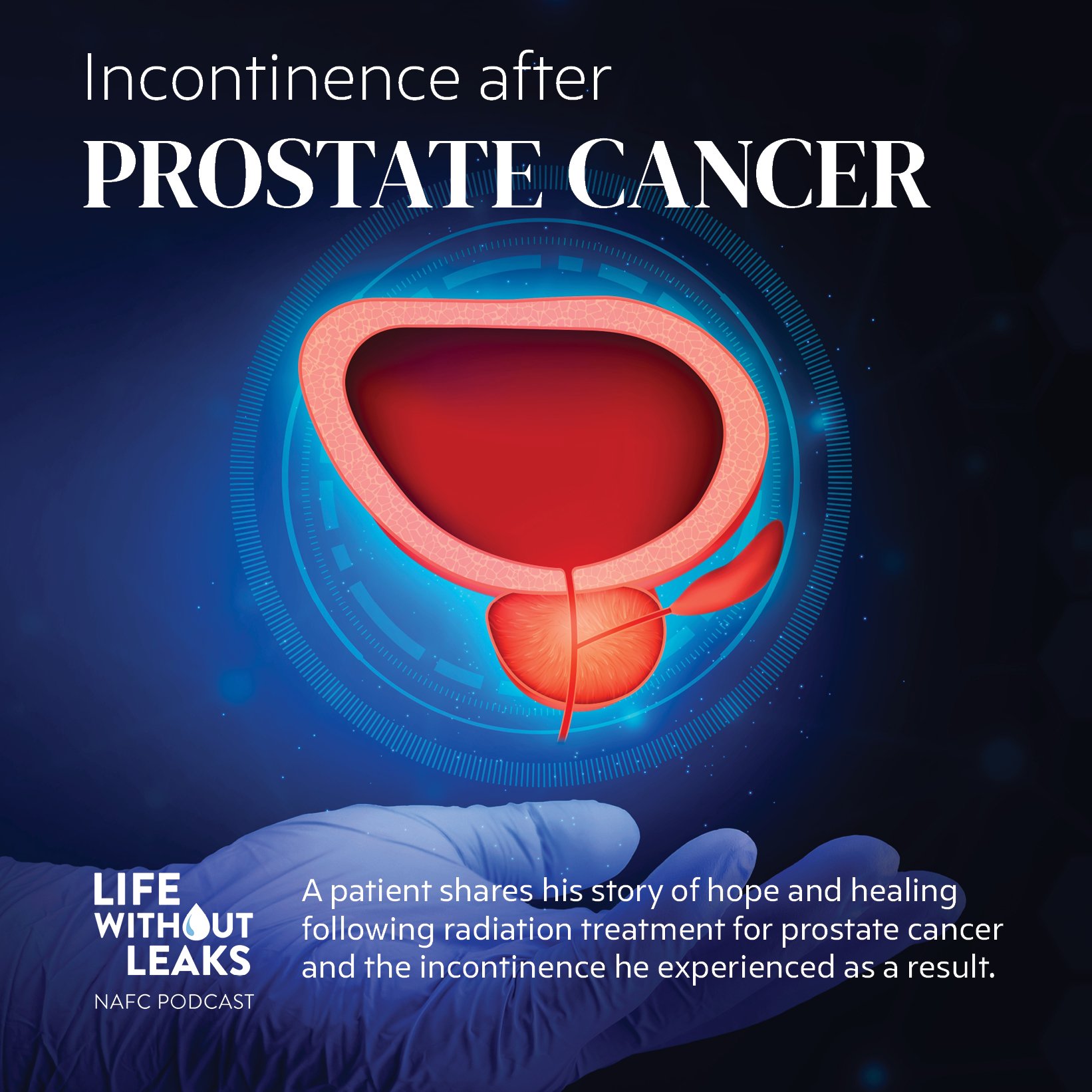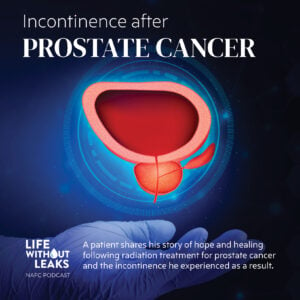A guest blog post from Michelle Herbst
Fitness is defined as the condition of being physically fit. There are many parameters to assess one’s fitness level.
Patients often focus on how fast, how far and how long an activity can be completed, while physical therapists (PTs) focus on the mechanics of a body’s ability.
Because physical therapists are intimately aware of musculoskeletal anatomy and comprehend how the individual joints, muscles and nerves work together synergistically, physical therapy compliments general fitness by designing an individual home care and exercise plan allowing you to go faster, farther and longer.
Because PT’s tend to think beyond the fitness concerns of a patient, many questions are asked about the onset of the injury or current limitation a patient is experiencing. All of these questions help PT’s get to the root of the information that help them formulate an individualized plan.
Some questions patients often here are: How did the injury happen? When and where? What did you do after the injury? Have you seen your primary care provider? Are you on any medication to treat the injury? How is this effecting your daily activities? Have you a Physical Therapy plan?
Physical Therapy Can Help You
When a particular task, such as walking, has been negatively impacted by injury or illness the physical therapist may measure how fast, how far and how long the patient can complete the activity before symptoms worsen or force the patient to stop. The information gathered is used to develop an individual treatment plan.
At the end of the day, a PT’s job is to get the patient’s body mechanically fit to complete fitness activities and excel at regular, day-to-day movements that are necessary for an active life.
About the Author, Michelle Herbst: I am a wife and mother with a passion of helping women live to their fullest potential. I am a women’s health physical therapist and for nearly decade have helped women with musculoskeletal conditions during their pregnancies, postpartu period and into their golden years.







